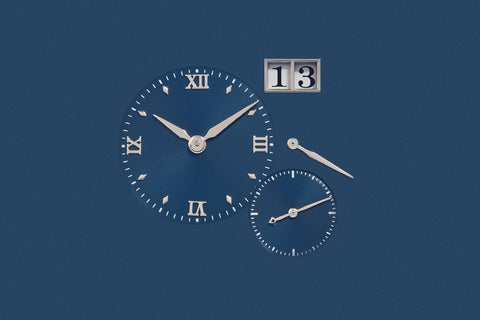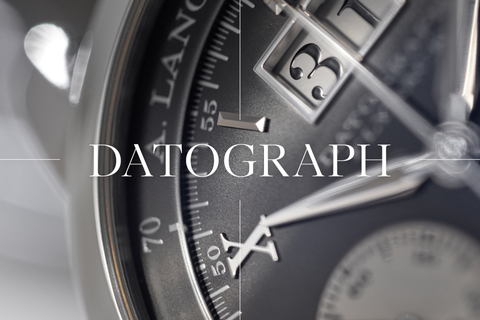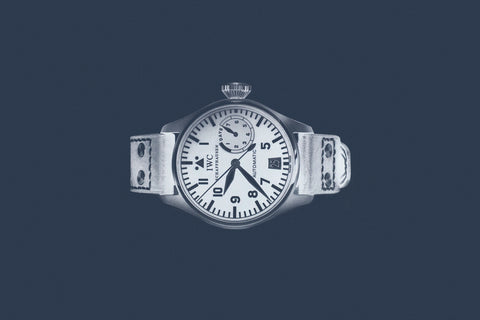Introduced in 1999, the Datograph is considered by many to be one of the most compelling chronographs ever made. Admired by independent watchmaker Philippe Dufour, who owns one himself, its movement took several years to develop, before taking the watchmaking industry by surprise. This platinum example captures much of what makes the early pieces so appealing.
The Datograph
Prior to the Datograph’s release, it could be argued that chronographs hadn’t changed much over the past few decades. If you look at the most significant examples that were released immediately prior to A. Lange & Söhne’s announcement, the majority ran off ébauches that were originally designed in the ‘40s, or were iterations on the automatic models of the early ’70s. This is why such fanfare was made when the Datograph was first introduced, in 1999. A truly high-end, fully in-house chronograph, it not only incorporated an out-sized date, but the freshly re-established German brand also challenged the traditional placement of the sub-dials at three and nine.




When the Datograph was launched in 1999, there was a large 10:1 display model of the movement front and centre in the brand’s booth. This model was made by A. Lange & Söhne’s tool-making department and, according to De Haas, it can take them up to six months to produce them. It announced to the watch world that the Germans had achieved something that the Swiss had yet to. According to De Haas – who can give us the perspective of someone working in a Swiss brand at the time, as he had just moved to Audemars Piguet – every brand was acutely aware of how significant this new movement and model were. Even Philippe Stern could be seen staring through the display window at it in disbelief.





















































































































































































































